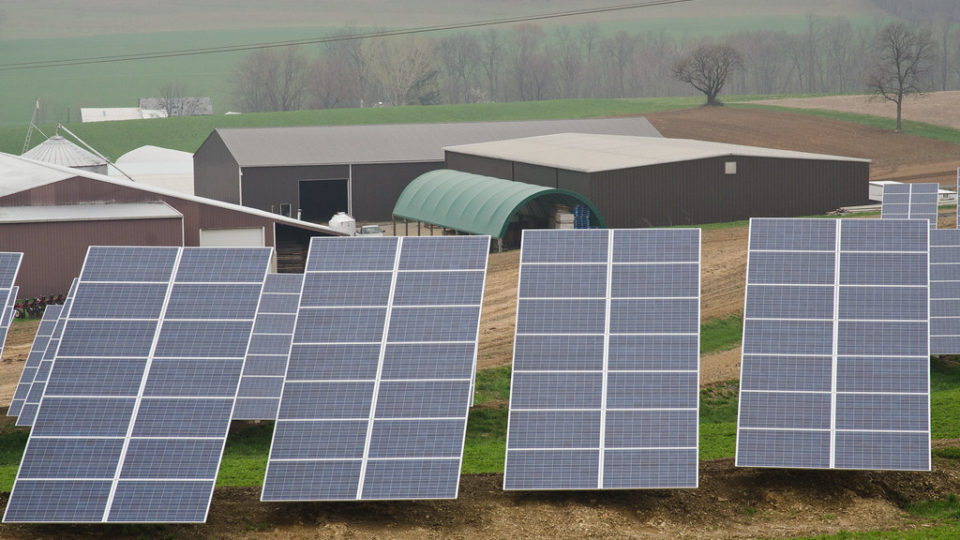A new study by Oregon State University has found that the most productive places on Earth for solar power are farmlands. In fact, if less than 1% of agricultural land was converted to solar panels, it would be sufficient to fulfill global electricity demand.
The concept of co-developing the same area of land for both solar photovoltaic power and conventional agriculture is known as agrivoltaics.
The synergy between agriculture and solar power is not surprising. People have been growing crops around the planet for at least 8,000 years and, long ago, farmers found the best places to grow them which turn out to also the best places to harvest solar energy. The needs for solar panels are pretty similar to those of food crops. The efficiency of the panels decreases if they get too hot. Barren land is hotter than cropland, so the productivity of solar panels is less in such places.
The Oregon State Study analyzed power production data collected by Tesla, which had installed five large grid-tied, ground-mounted solar electric arrays owned by Oregon State. The researchers monitored air temperature, relative humidity, wind speed, wind direction, soil moisture, and incoming solar energy. With the data, they developed a model for the best conditions for solar panel productivity and they coincide with excellent conditions for agriculture. Solar panels are kind of like people with regard to the weather: they are happier when it is cool and breezy and dry.
Previously-published research shows that solar panels actually increase crop yields on pasture or agricultural fields.
These new results have implications for the current practice of constructing large solar arrays in deserts. Agricultural lands may be a much better option for both solar production and crop production.
**********
Web Links
Installing solar panels on agricultural lands maximizes their efficiency, new study shows
Photo, posted April 20, 2011, courtesy of U.S. Department of Agriculture via Flickr.
Earth Wise is a production of WAMC Northeast Public Radio.
